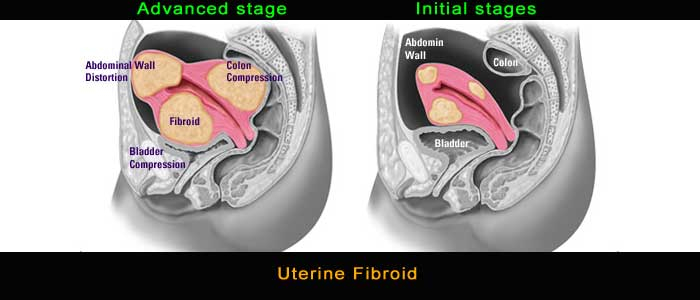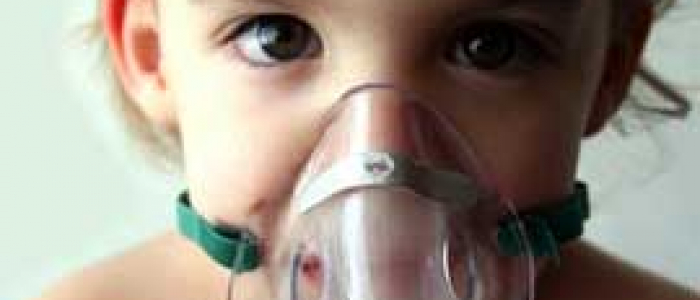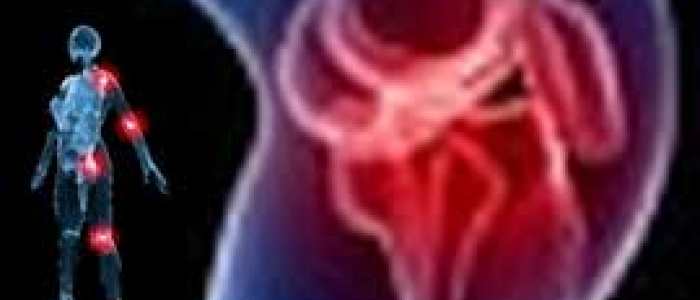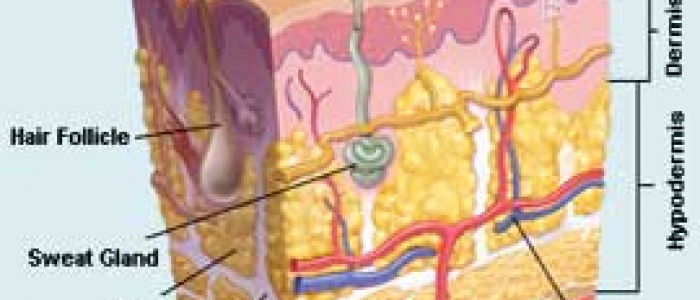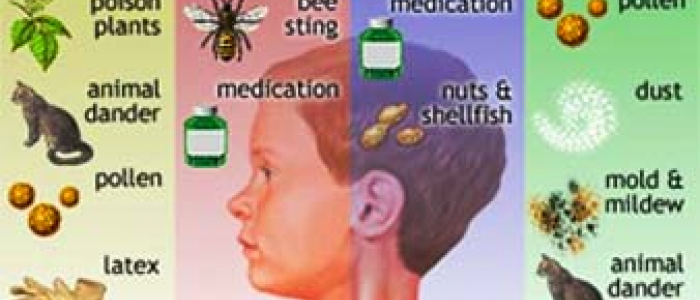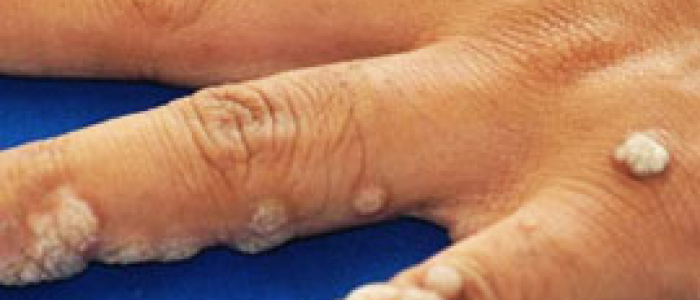
Asthma attacks rarely happen without warning. Knowing the signs of a pending attack could help you prevent an asthma emergency. In fact, acting quickly could save your life.
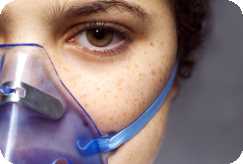 Asthma can be life-threatening. Watching somebody gasping for breath is a terrifying experience and being well prepared is the best advice. With severe asthmatics it’s important to have a written programme displayed in a prominent place so everyone knows what to do when an asthma attack occurs. Severe asthmatics are also advised to have oxygen at hand and to get to the emergency service at the local hospital as quickly as possible.
Asthma can be life-threatening. Watching somebody gasping for breath is a terrifying experience and being well prepared is the best advice. With severe asthmatics it’s important to have a written programme displayed in a prominent place so everyone knows what to do when an asthma attack occurs. Severe asthmatics are also advised to have oxygen at hand and to get to the emergency service at the local hospital as quickly as possible.
There are usually many warning signs of an impending asthma attack and you can monitor your condition by regularly checking for the following symptoms.
Asthma Early Warning Signs
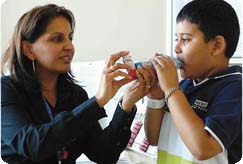
- A runny nose, headache, or itchy chin often precedes an asthma attack.
- Trouble sleeping and feeling tired are other typical signs.
- So are dark circles under the eyes and less tolerance for exercise.
- Frequently, people get moody before an asthma attack starts.
A Persistent Cough
 Signs of an asthma attack vary from one attack to the next. One time there may be little or no coughing before an attack. The next time, there may be a persistent cough, especially at night.
Signs of an asthma attack vary from one attack to the next. One time there may be little or no coughing before an attack. The next time, there may be a persistent cough, especially at night.
The cough is typically dry and hacking. (Sometimes, however, the cough may be wet and productive.)
Avoid taking cough medicine. Cough medicine won’t help the asthma.
Measurable Changes in Breathing
A peak flow meter can alert you to a pending attack. Be sure you always know your baseline measurement that reflects your best breathing.
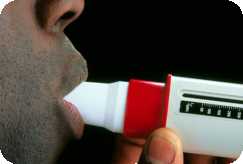
- If your peak flow meter shows numbers between 50% and 80% of your personal best, an asthma attack has likely begun.
- A number below 50% signals an emergency that needs immediate attention.
- Call 911 if you have trouble walking or talking due to shortness of breath, or if your lips are blue or gray.
Follow Your Asthma Action Plan
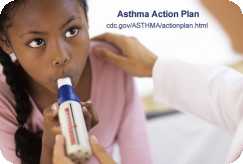 An action plan tells you how to deal with symptoms of an asthma attack.
An action plan tells you how to deal with symptoms of an asthma attack.
- Based on peak flow measures, an action plan shows you what medicines to take and when. It’s important to follow the plan and use the medications exactly as prescribed.
- If the symptoms still get worse after following the plan, call your asthma doctor. Also, follow the plan’s emergency instructions.
Breathing Difficulties
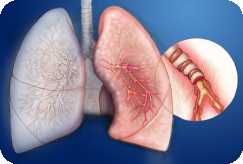 During an asthma attack, muscles around the airways tighten, and the airway linings swell.
During an asthma attack, muscles around the airways tighten, and the airway linings swell.
- Excess mucus secretion is produced in the airways and can block the air tubes in the lungs.
- Air is trapped in the lungs and breathing becomes difficult.
You might notice symptoms of wheezing at first. But as attacks progress there is more chest tightness and shortness of breath. This can progress to a feeling of not being able to get enough air.
Posture Changes
 The effort to breathe may cause someone with breathing difficulties to lean forward. Eventually the shoulders will be hunched.
The effort to breathe may cause someone with breathing difficulties to lean forward. Eventually the shoulders will be hunched.
The posture will become more strained as the breathing difficulties increase.
Chest and Neck Retractions
 When it’s hard to breathe, the tissue in the chest and neck may sink in with each breath. This is called retraction.
When it’s hard to breathe, the tissue in the chest and neck may sink in with each breath. This is called retraction.
Retractions indicate that not enough air is getting into the lungs, and are signs of a medical emergency. Call 911 or see a doctor immediately.
In children other signs of deterioration in breathing are:
- poor appetite
- fatigue
- decreased activity
Blue Lips or Fingernails
 Blue or gray lips or fingernails are a sign of insufficient oxygen in the blood. The condition is called cyanosis.
Blue or gray lips or fingernails are a sign of insufficient oxygen in the blood. The condition is called cyanosis.
Cyanosis indicates an emergency situation. Call 911 as soon as possible.
Other Signs of Asthma Emergencies
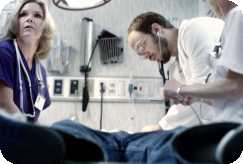 If you notice any of the following, get emergency help at once:
If you notice any of the following, get emergency help at once:
- difficulty talking
- inability to exhale or inhale
- shortness of breath
- feelings of anxiety or panic
- coughing that won’t stop
- pale, sweaty face
Swift action saves lives.



